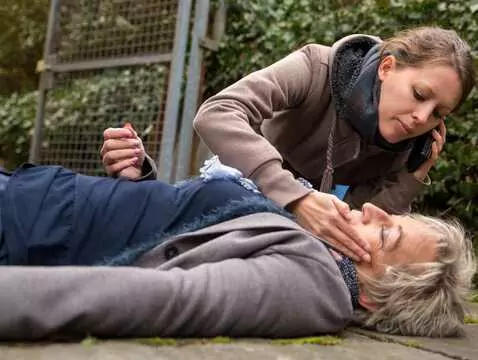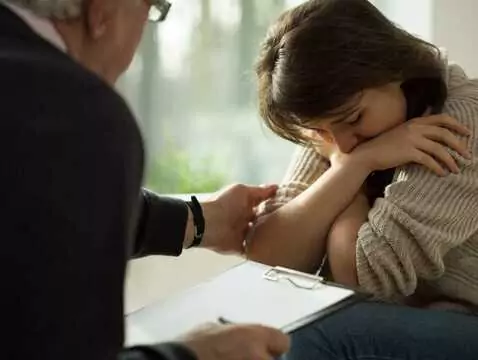A stroke is a sudden episode of ischaemia resulting in a number of pathological changes in the human body and functional impairment. It is an extremely dangerous event, often leading to death or causing severe disability. People who have suffered a stroke are often unable to function independently, which contributes to a significant decrease in their quality of life and the development of post-stroke depression, which reduces motivation and slows down the rehabilitation process.
Ad:









